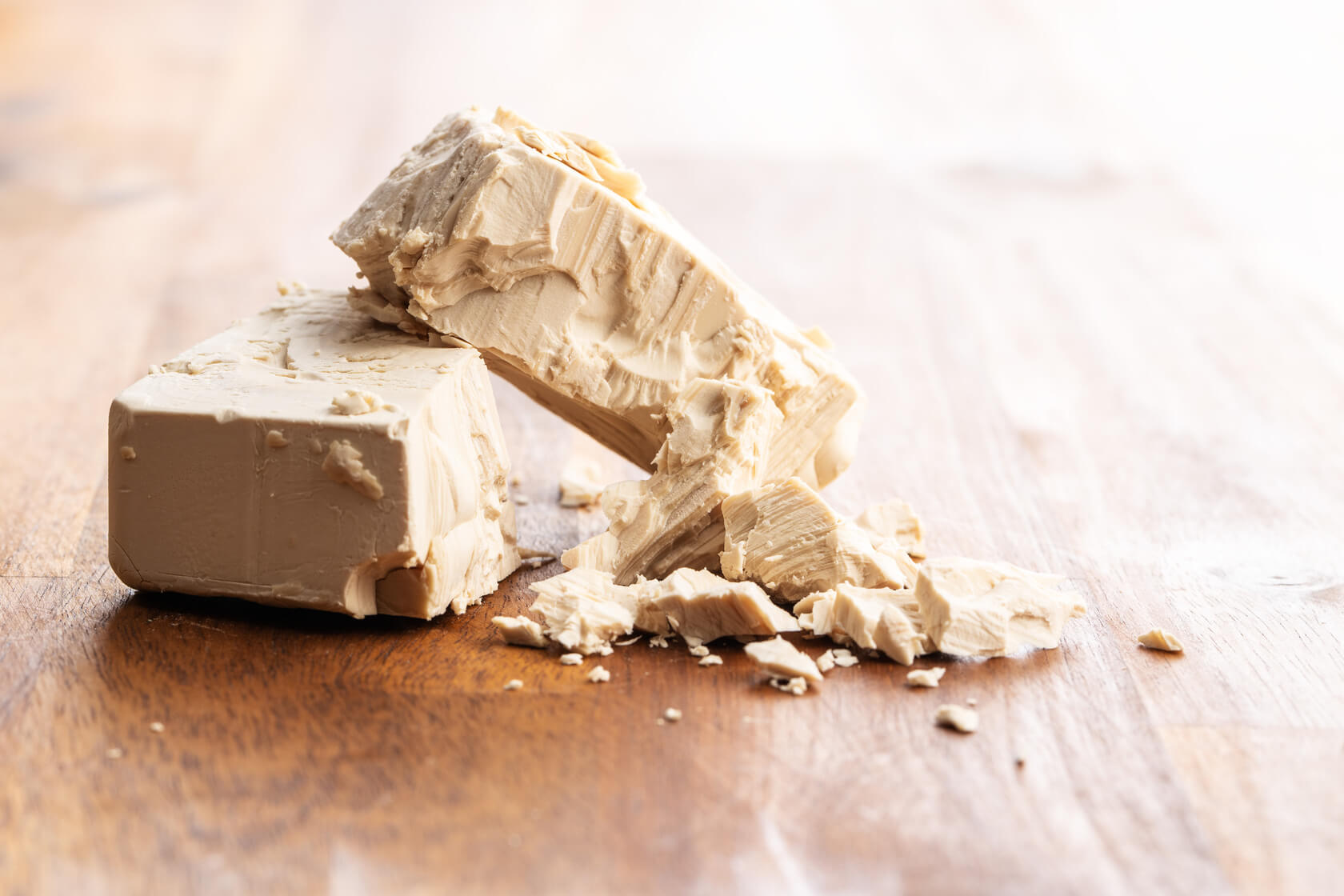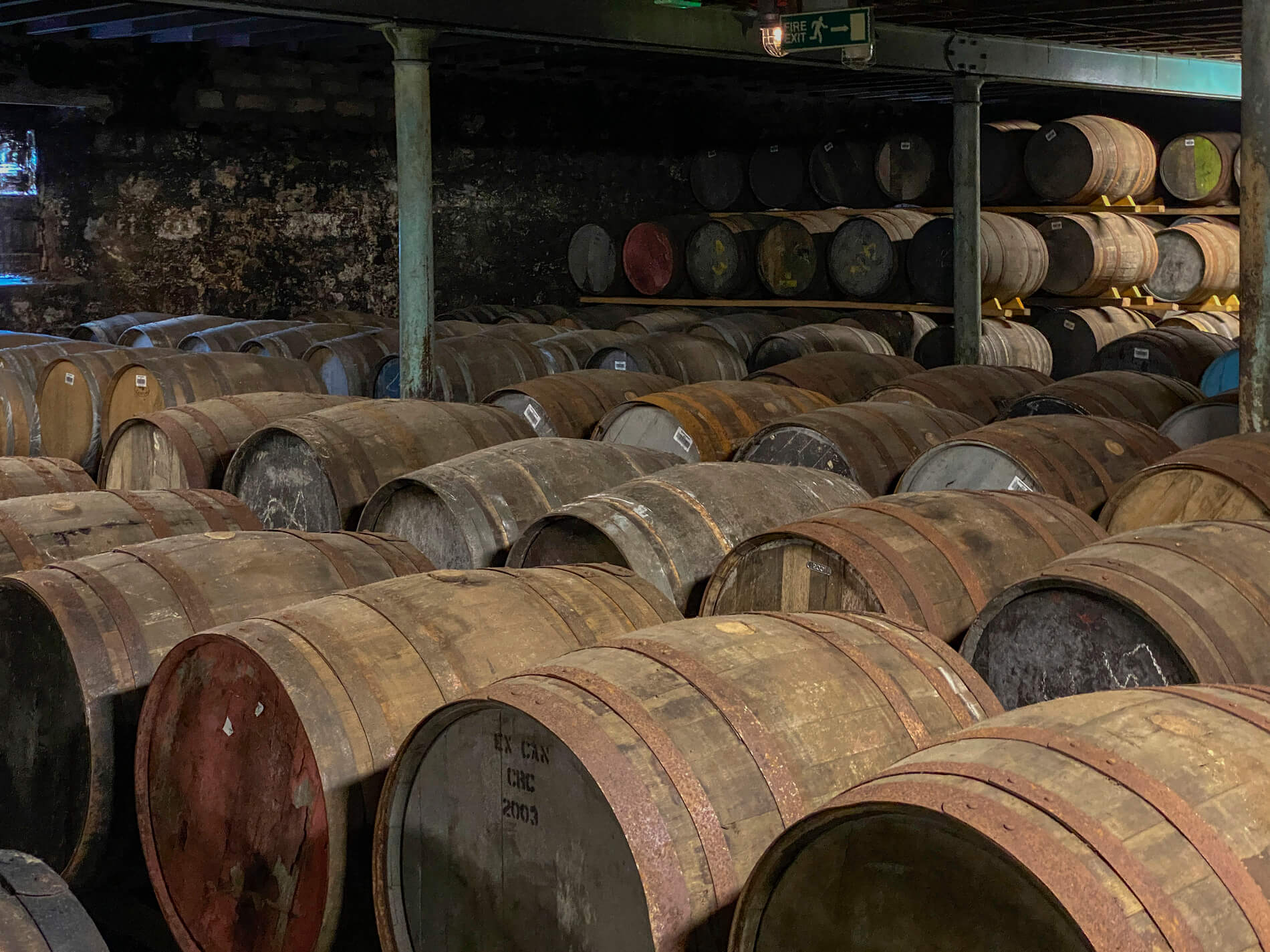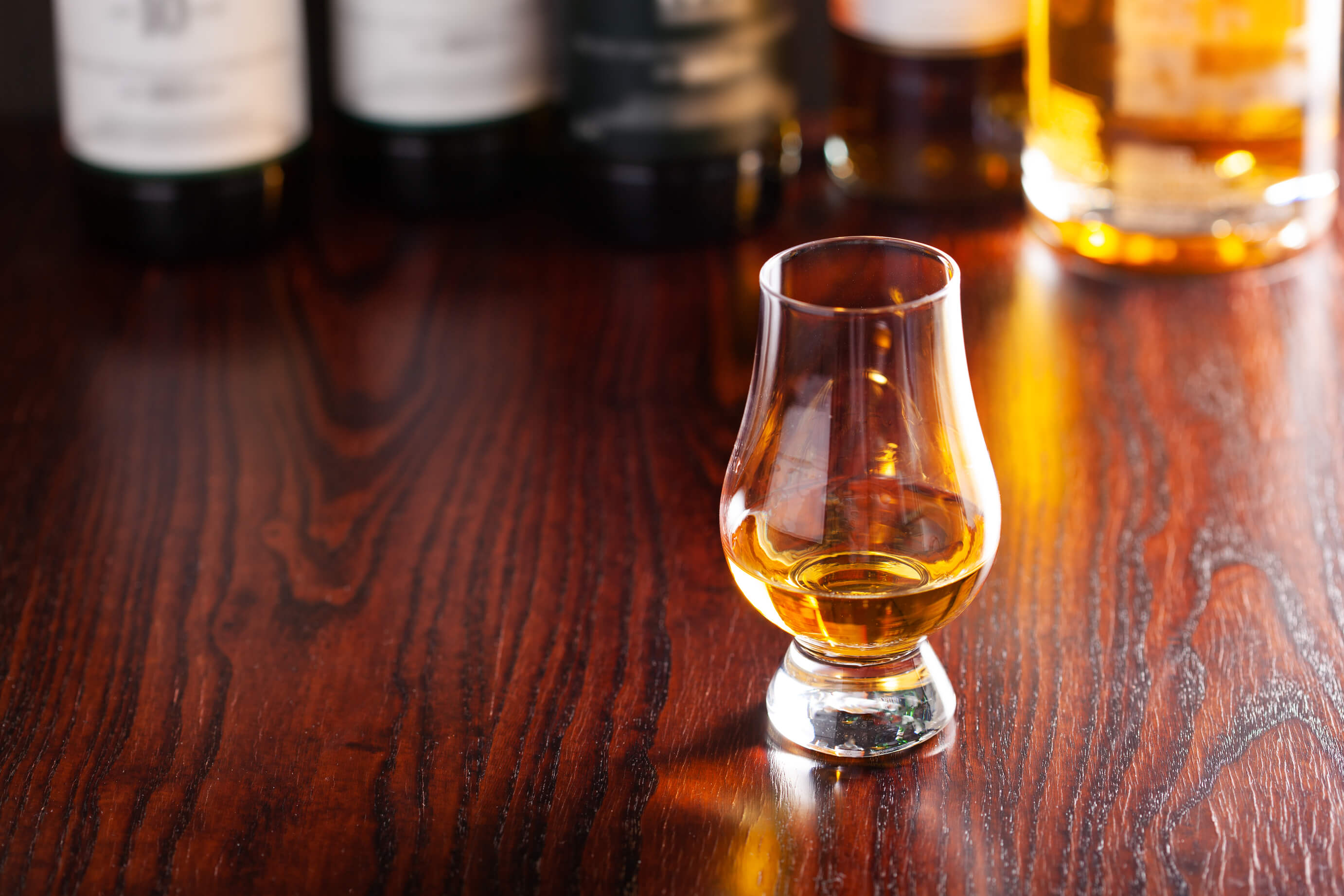
Yeast in Whiskey Production - Microscopic Magic
When you think of whisky, images of golden drops, aged oak barrels and stills often come to mind. But one crucial factor in whisky production that is often overlooked is yeast. This microscopic organism has a major impact on the whisky's taste, aroma and final quality.
What is Yeast?
Yeast is a type of fungal organism that plays a central role in many fermentation processes. In whisky production, yeast is used to convert the sugars in the ground barley into alcohol and carbon dioxide. This occurs in a process called fermentation.
The Role of Fermentation
In whiskey production, the ground barley is mixed with water to create a “mash.” This mash is then heated to promote enzyme activity that converts the starch into sugar. Yeast is then added and the fermentation process begins. Fermentation usually lasts between 48 and 96 hours, depending on the distillery and the desired style of whiskey.
Flavor profiles
Fermentation produces not only alcohol and carbon dioxide, but also a number of other substances, such as esters, phenols and higher alcohols. These contribute to the complex flavour profile of whisky. The type and amount of yeast, the temperature of fermentation and the time at which fermentation is stopped can all have a significant impact on the final flavour of whisky.
Variations in Yeast
Some distilleries use "wild" yeast strains that occur naturally in their local environment, while others use commercial yeast strains to achieve more consistent results. Some experimental distilleries also attempt to revive historical yeast strains to recreate old whiskey styles.
Conclusion
Yeast is an underrated but critical ingredient in whisky production. Without this microscopic helper, we wouldn't have the complex and beloved beverage we know as whisky. The next time you enjoy a glass, it might be worth considering how the invisible hand of yeast has shaped your experience.

 English
English
 Dansk
Dansk Svenska
Svenska Deutsch
Deutsch
